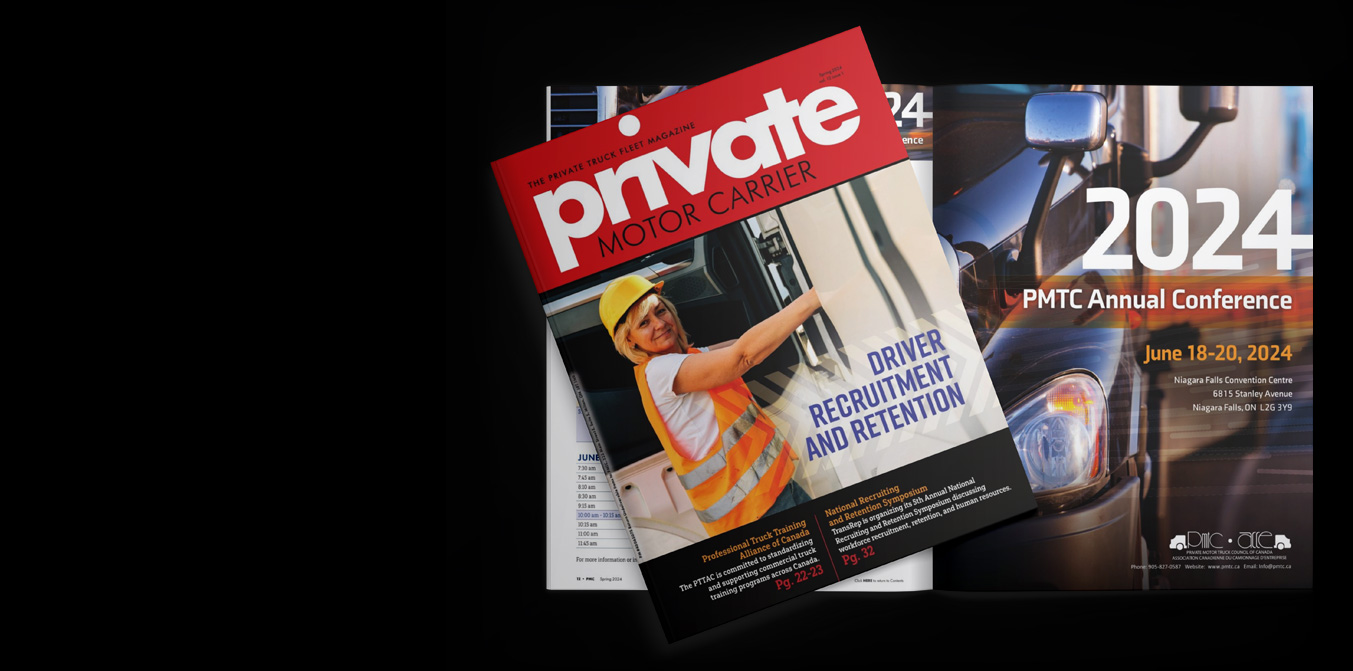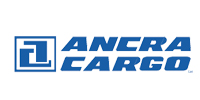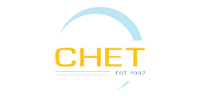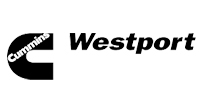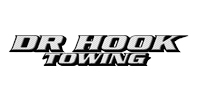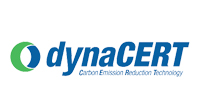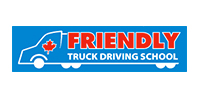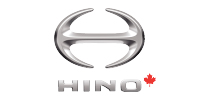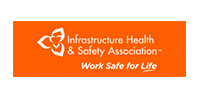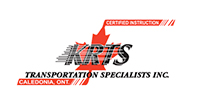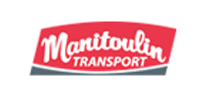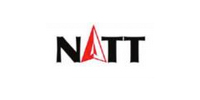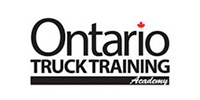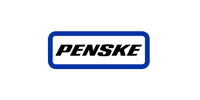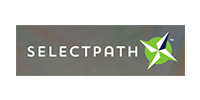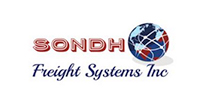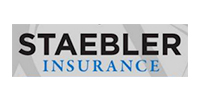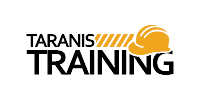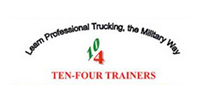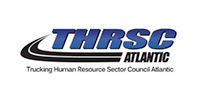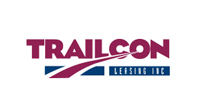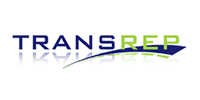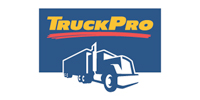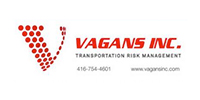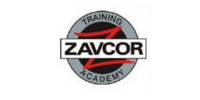Annual International RoadCheck is just around the corner
The Commercial Vehicle Safety Alliance’s 29th annual International RoadCheck will take place June 7 to 9, 2016. During this 72-hour period approximately 10,000 CVSA-certified inspectors will randomly be checking out commercial vehicles and their drivers throughout North America. It is by far the largest targeted enforcement program for commercial vehicles in the world, with on average, 17 trucks or buses inspected every minute in Canada, the US and Mexico.
Inspectors primarily focus on the North American Standard Level I Inspection, a 37-step check-up inspection that includes a random survey of both vehicle and driver. On the vehicles, inspectors look at the braking system, couplings, exhaust system, frame, fuel system, lights, safe loading, steering, driveline, suspension, tires, van/trailer bodies, wheels/rims, windshield wipers and, on buses, emergency exits.
Drivers must produce documentation such as license, endorsements, and hours of service information. They are also checked to ensure they are using seatbelts and are free from the influence of alcohol and drugs.
The International RoadCheck is an opportunity for the industry to educate its fleet employees, drivers and the general public on the importance of safe commercial vehicle operations and the inspection program itself.
Last year, across North America, 69,472 trucks and buses were inspected during International RoadCheck. Of these, 44,989 were North American Standard Level I Inspections and led to 1,623 (3.6%) of drivers and 9,732 (21.6%) of vehicles being deemed to be OOS or ‘out-of-service’ (which costs fleet owners, on average, $861 per OOS vehicle – plus fines and repairs). These were the lowest rates since CVSA began compiling data in 1991. Since its inception in 1988, International RoadCheck has conducted over 1.4 million roadside inspections. It is estimated these inspections have saved 318 lives and prevented 5,840 injuries.
Kerri Wirachowsky is Head of the Enforcement Program Evaluation at Canada’s Department Ministry of Transportation. On March 29 in Milton, Ontario, Officer Wirachowsky presented an On-the-Road Seminar to PMTC members on the International RoadCheck, what to expect and how to be prepared so that their inspections go smoothly. Prior to her seminar presentation, Officer Wirachowsky was gracious enough to sit down to an interview with PMC magazine.
Q – How long have you been involved in International RoadCheck?
A – I’ve been involved from the time I joined the department Ministry in 1990.
Q – Over that time, have you seen the attitude of the industry change towards the inspections?
A – Yes, the International RoadCheck – now in its 29th year – isn’t a novelty any longer. It is accepted as an annual event. In recent years especially, increased publicity and promotion has enhanced its status. Fleets and drivers are much more in tune with what RoadCheck is all about and fleet managers and government use it as a new way to get valuable benchmarking information.
Q – What are the major infractions you find in the annual inspections?
A – Brakes are always a concern, not to the magnitude of previous years, but still one of the higher violations found. Then, also at the top of the list, there are lighting infractions, cargo securement problems and logbook violations.
Q – Do you think the use of ELDs (Electronic Logging Devices) will solve the logbook problem?
A – Absolutely! It should reduce a lot of the maintenance issues (human error) around logbooks. ELDs will keep the log up to the last duty status, and will be programmed to contain all the necessary form and manner items that are missing from many logbooks. I believe, once implemented, it’s been proven in the US that ELDs make operations safer and easier for the drivers, the fleets and, ultimately, the general motoring public.
Q – Do you have any tips for fleet managers to improve their International RoadCheck experience?
A – Ensure that all the paperwork for the truck is in good order. Compile it all together including the applicable schedule for trip inspection in a binder for the drivers and educate them on what all the documentation is and where to find it. While inspections are random, go with the mindset of assuming each and every one of your vehicles will be inspected. Make it easy on both the driver and the officer to obtain all the information easily.
Q – What about a tip for drivers?
A – For drivers, I have similar advice: organize your paperwork. Have everything (license, registration, logbook, etc.) together and ready to present when requested. I’ve seen many drivers with paperwork scattered around the cab. It makes it difficult to produce and slows down the inspection process considerably. You pride yourselves on being professionals – and you should. This is a chance to show that professionalism.
Q – Do any incidents from your RoadCheck experience stand out in your memory?
A – One driver I met a few years ago was quite familiar with RoadCheck and had no issues with me inspecting his truck, stating “Go right ahead, I know it is RoadCheck. I’m prepared. You won’t find anything wrong.” Sure enough, as soon as I inspected the set of tires on the trailer, I saw a tire that was completely devoid of rubber – worn down to nothing but cord. I asked the driver to come out of the vehicle and had him have a look between the duals. When I pointed the situation out to the driver, told him he would have to repair it on site and a $400 fine would accompany the repair bill, he admitted his pre-trip inspection had been cursory at best. I explained to him that he is the first line of defence and unless he does his job in finding issues and reporting them to his operator, the defects cannot be repaired in a timely fashion. He admittedly saw the error of his ways and I believe we won over a convert with that incident. From that point on, I’m sure he was more diligent with his pre-trip inspections.
Q – Do you have any final thoughts on the annual International RoadCheck?
A – While the OOS numbers have been decreasing in recent years, we are still striving for a zero percent out of service rate. Having said that, I like International RoadCheck because it’s an opportunity for me to educate drivers. In many cases, you will see a large number of vehicles during inspection throughout RoadCheck with new parts and repairs on them because they knew that RoadCheck was around the corner. This too, is an indicator that industry knows how to comply and goes the extra mile when they think that an inspection is imminent. In my opinion, this is also a great side-effect of RoadCheck. At the end of the day, we are all striving for compliance; so however we get there is a positive achievement. The best-case scenario is not to catch people doing something wrong, but to prevent them from doing something wrong!


